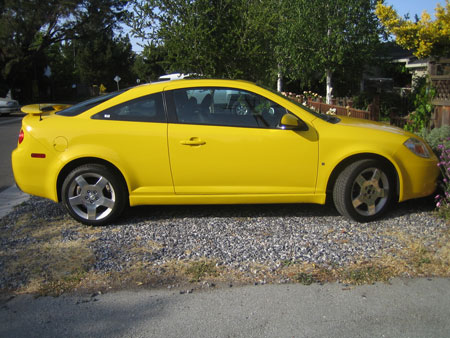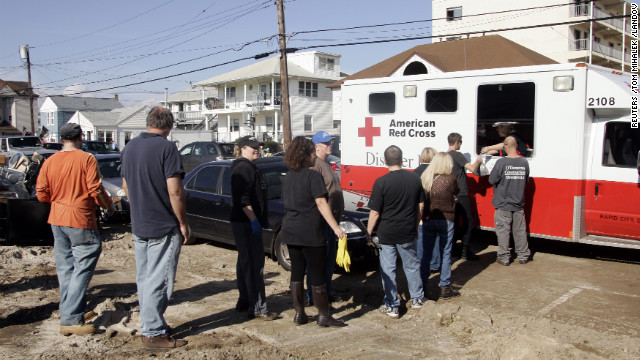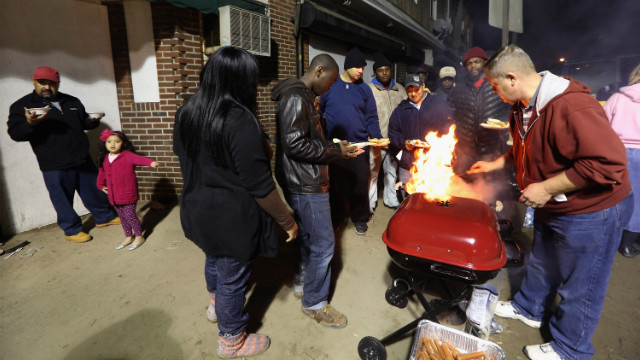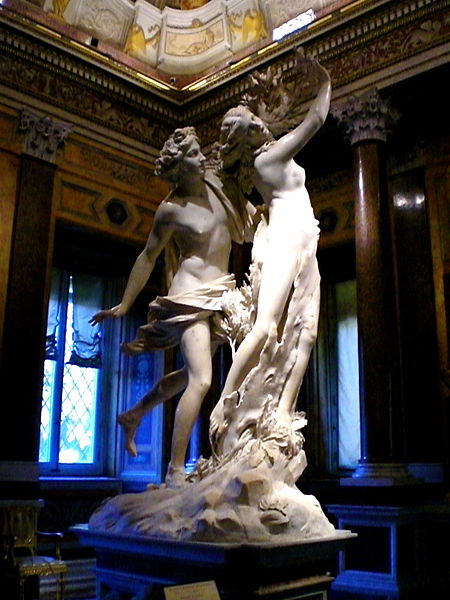Cultivate the habit of being grateful for every good thing that comes to you, and to give thanks continuously. And because all things have contributed to your advancement, you should include all things in your gratitude.
~Ralph Waldo Emerson

Last weekend was the Thanksgiving holiday weekend. Like so many others, I enjoyed cooking and entertaining family for a true feast-- turkey and stuffing and all the trimmings. I love Thanksgiving! Not just the food and family, but the whole idea behind it-- pausing for a day to be thankful for the blessings in our lives. It is a somewhat overlooked holiday too-- squashed between Halloween and Christmas. It has become the gateway to commercial Christmas-- look at how many of the stores opened on Thanksgiving evening to begin the Christmas shopping craziness. Black Friday has morphed into Gray Thursday...
The history of the holiday is well known-- the little band of Pilgrims who gathered with a much larger band of Native Americans for a harvest feast. It had been a long year with over half of the original Pilgrims dying. Some 250 years later, President Abraham Lincoln initiated the day as a national holiday-- amazing, given the nation was in the middle of a horrific bloody civil war. Both were trying times, yet the people stopped to celebrate their blessings.
I have been following with interest several friends on Facebook who have been diligently posting daily "what I am thankful for today" posts during the month of November. I like the idea of stopping each day and thinking of a different blessing, and then commenting publicly about it. I think that when one starts looking intentionally for things to be thankful for, it changes the perspective on life in general. It can be hard sometimes to develop "an attitude of gratitude". It requires reminders every day to think differently-- we have to remember to look for blessings.
Back in my days as a health care administrator I sttended a day long management meeting in downtown Indianapolis. These meetings were held quarterly, and for the most part they were an intrusion on my work time-- I had to be away from the office for a day and that meant the next 2 days would be double busy. However, at one of the events there was a speaker who talked to us about becoming intentionally thankful. His message was a simple one-- learning to acknowledge the blessings in your life can change how you see the world. It can change who you are in profound ways. But you have to learn it as a behavior and practice it every day. How to do that?
The speaker had a simple recommendation and I can tell you it works. He told the group that less than 1% of all cars made are yellow. Yup, yellow cars are the rarest. And he said that when you are out and about, if you see a yellow car you should immediately name something you are thankful for. Out loud! He told us that in his family, he has 2 small children. When they are driving around the children look for yellow cars. The first child to see one yells out something they are thankful for, and then the other child has to think of something else. Imagine driving down the highway and passing a yellow car, and having the children in the car yell out "I'm thankful for CANDY!" and "I'm thankful for our doggie!" Apparently they engage in a Thankfulness Competition of a sort-- what an idea!!
I have been using yellow cars to remind me to be thankful ever since I heard that speaker. I frequently find that I can name way more than one thing-- some days I have a very long list. But my heart is always lighter after I name them out loud-- taking even a second or two to acknowledge a blessing in my life can lift my spirits and make the day better.
If you are finding yourself caught up in the dreary days of winter, try looking for yellow cars and developing "an attitude of gratitude"... it just might help!





































